The ancient Roman city of Pompeii has intrigued archaeologists and scholars for decades, ever since it was first discovered. An entire city perfectly preserved by the ash of the volcano that doomed it, it’s a marvel of the ancient world whose secrets are still being uncovered. The newest discovery out of Pompeii paints a wider picture of life in the ancient world, with some unsettling details.
A Dig at the Edge of Pompeii
A dig out of Regio IX of Pompeii – a popular tourist site, as well as an active excavation site – has discovered a site that supports and expands our knowledge about the ancient Roman culture. The site itself is on the edge of Pompeii, meant to explore and preserve the outer regions of the city which is frequented by tourists
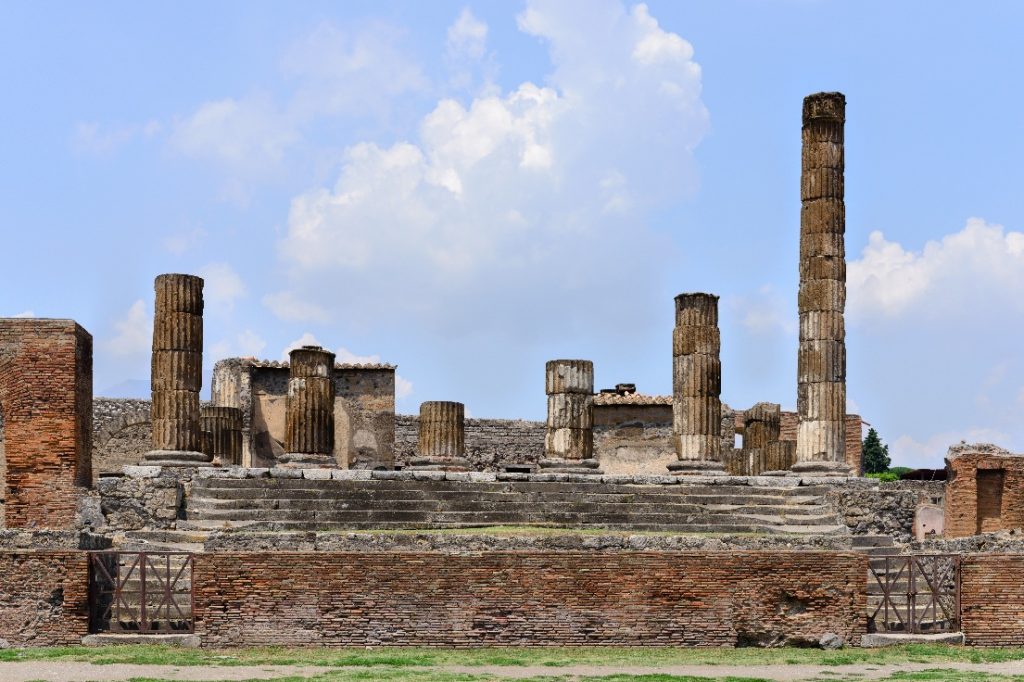
A house in the ruins was excavated, and at first it appeared as much the rest of Pompeii. It was a home in the midst of renovations, and was split into a living area and a productive area, as was common at the time. The productive area of this particular home was a bakery, which is where the stunning archaeological discovery was made.
The Unsettling Discovery
In one of the rooms of the bakery, three preserved skeletons were discovered, confirming that despite the renovations that were being done to the home, it was still being occupied and used. It’s next to the bakery that a dimly lit “prison” area was discovered.
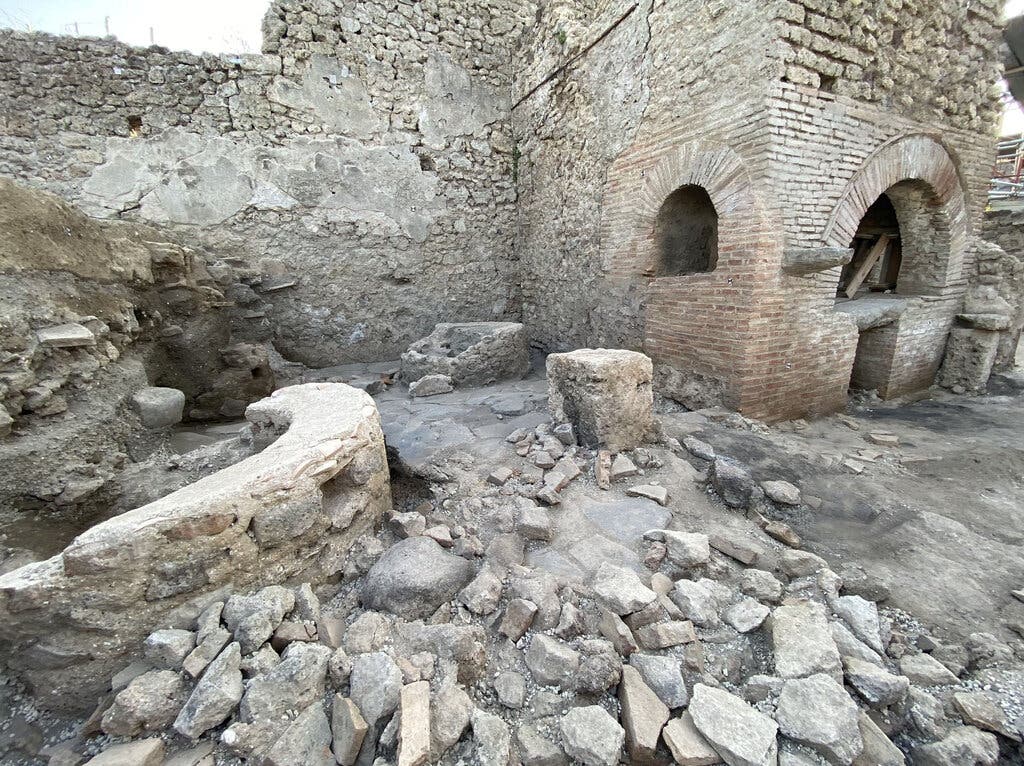
The area was evidently used as part of the production area for the bakery, and it is devoid of doors or methods of communication. The only windows in the room are high up, and they are barred in order to prevent any sort of escape from the individuals and animals that were kept below.
The Room Held Slaves and Animals
The structure of the room led archaeologists to conclude that the room’s intended use was, in fact, slave labor that was used in order to run the bakery adjacent. Indentations in the floor suggest that animals were tied up and blindfolded, forced to walk in circles for hours and hours while they ground grain into flour.
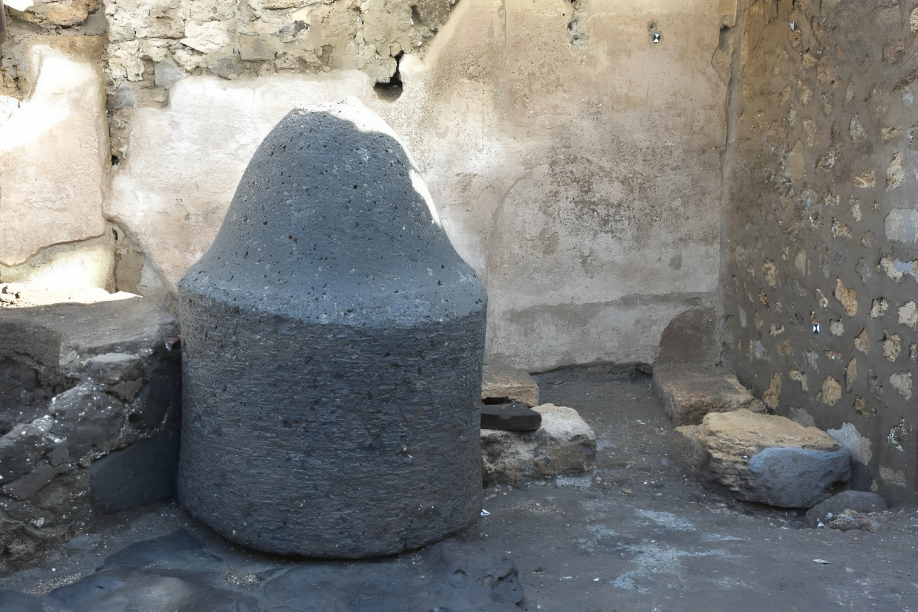
Archaeologists went further to conclude that the indentations in the ground were placed there in order to help guide the animals and keep them from falling off track. It’s a telling statement of what servile life was like for ancient Roman slaves.
A Brutal Method of Production
Archaeologists studying the area concluded that likely, the method of production revolved around blindfolded animals walking in circles for hours and hours, driving the grinding mechanisms that turned grain into flour. The slaves worked alongside the animals – likely donkeys – to turn the individual millstones.

The slave had the job of encouraging the donkey, as well as loading the grain into the millstone and removing flour when the job was complete. It was backbreaking labor in cramped quarters, revealing a particularly brutal aspect of ancient Roman life, particularly for slaves.
Slavery Was Written About at the Time
Contemporaneous reports of slavery, along with the newly discovered millsite, explain further how life worked for those enslaved in ancient Rome. A second century writer, Apuleius, famously wrote in his novel Metamorphoses a story about a man who was turned into a donkey, and then sold off to a miller.
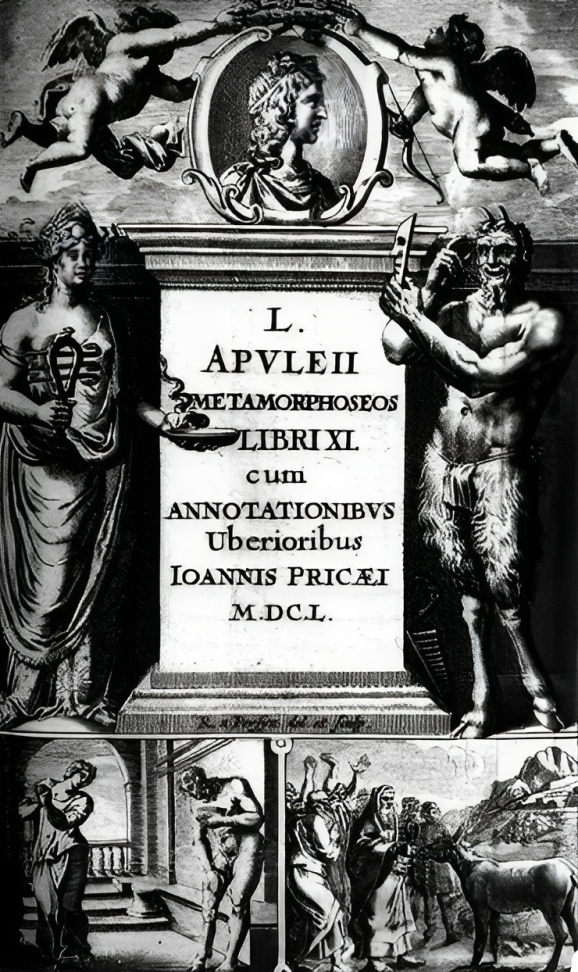
The tale follows the protagonist Lucius, who is forced to work in a mill in very similar circumstances as the discovery made in Pompeii. The work of fiction was evidently based on personal experience with the field, and along with reliefs from the tomb of Eurysaces in Romem give a telling story of slavery in ancient Roman life.
Slavery Held an Important Role in Roman Society
Literature and contemporaneous reports have hinted at the importance of slavery in Roman society for a long time. There are references to small villages holding slaves as early as the third century BCE, though the references are only to the very wealthy holding slaves, and only a few at a time.

By 31 BCE, though, the number of slaves had swelled to a total 35% of the population, and their roles in society had expanded. Where slaves had initially only been engaged in manual domestic tasks, their roles soon expanded to fields that varied from manual labor – such as working in mills – to teaching and government jobs.
An Attempt to Appeal to Slaves
The number of slaves grew to such a degree over the years that it becomes apparent to a contemporary researcher that Roman society existed as it did due to the use of slave labor. So many individuals were enslaved that even Romans seemed to become aware of their reliance on the enslaved force, and made efforts to make the act of slavery more appealing.
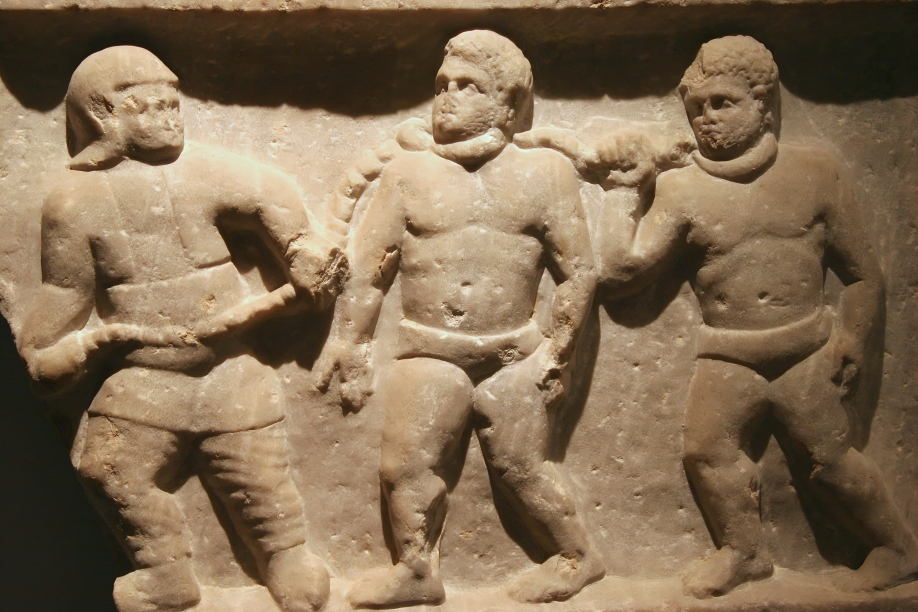
One of these efforts was known as manumission, which was the practice of setting free slaves that exhibited particularly good behavior. There were no standards as to what behavior would earn manumission, and historians and archaeologists theorize that some labor fields, such as the flour mill discovered in Pompeii, were not eligible for manumission.
The Importance of Ongoing Research
The heartbreaking discovery of the slave quarters and working conditions in Pompeii emphasizes the importance of continuing excavation and research into the site. It will be featured alongside an upcoming exhibition on the lesser known stories of individuals from Pompeii, including slaves.
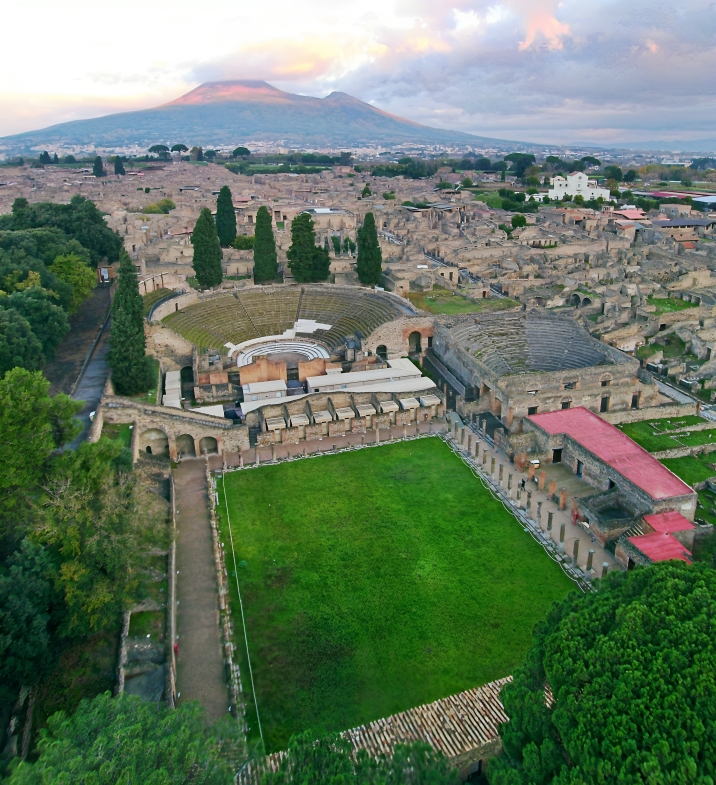
The space, while emotionally wrought, does explain why some individuals felt the desire to advocate for a change in Roman society. At the end of the Roman Empire, these were individuals that constituted of the majority of the Roman populace, and held an irreplaceable part of Roman society. Their stories deserve to be told and memorialized for the important place they held in ancient society.






